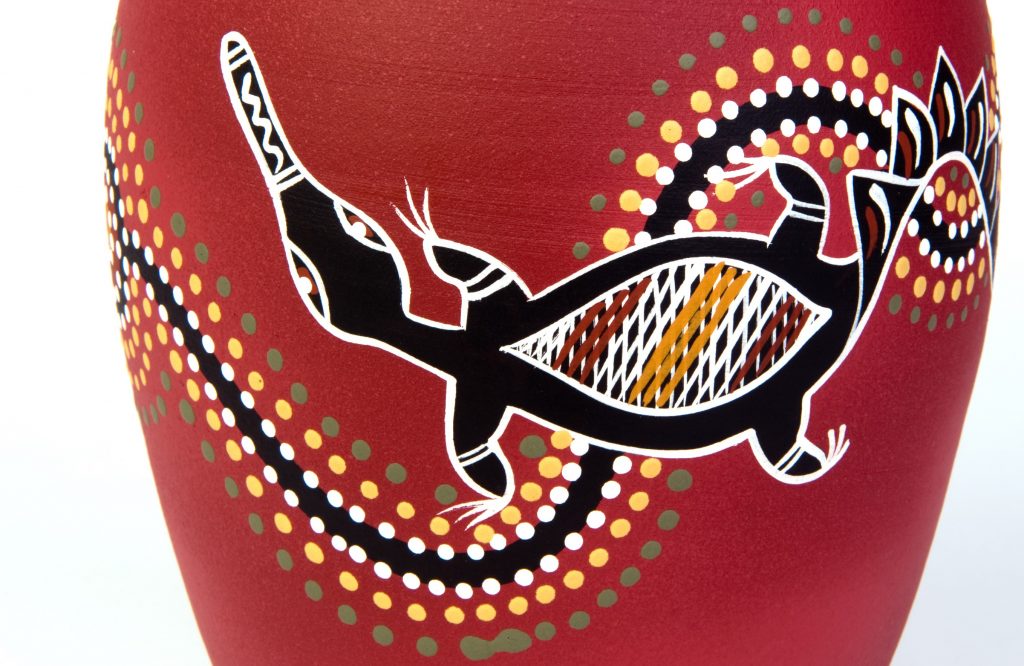
A new world, new questions
Today is the 5th Anniversary of Talking Infrastructure. It was created in July 2016 to consider the new world we are now in – and the new questions this world and its challenges requires.
It is now massively evident that whereas a focus on competition to secure the success of individuals and individual companies has generated much that we enjoy today, it has also generated serious problems, of which climate change and social inequity are just the most visible.
Infrastructure – problem or solution?
While we may be reluctant to admit it – infrastructure has been a large part of the problem! Every infrastructure does considerable environmental damage. And not every infrastructure generates commensurate community benefit. A few months ago, I said’ Goodbye to our Talking Infrastructure Guy’, – and explained what was wrong with our current attitudes to infrastructure. Today he is formally replaced as our icon.
So welcome our new icon – the Australian platypus – symbolic of the collaboration we so badly need. The platypus was originally regarded as a joke, for it was considered an impossibility, being so many different animals all in one. And this version of the platypus reflecting our aboriginal culture is particularly appropriate. The Australian aboriginals are the oldest civilisation in the world sustaining the land for over 50,000 years. That’s resilience! And they have done it by a focus on community, rather than self, and a veneration for the land that supports us.
If we want a future that will support our children and theirs, we need to embed these iconic qualities of community, resilience, and sustainability in all of our decisions – and especially in our long term infrastructure decisions – from new and renewal to ongoing maintenance and even to eventual withdrawal.
What questions do we now need to ask ourselves in order to secure this future?
Hint: They are not the questions that we started with in asset management and which I discuss in volume 1 of our series, The Story of Asset Management. Consider the ten questions I pursued in the first 10 years (1984-1993) which you can find here Or, to see the questions in context, see “Asset Management as a Quest – contents”.
After you read these questions, consider to what extent we have already solved (or at least know the solution to). Then ask yourself what the questions for the next ten years should be.
And, if you would like to see how I came up with these questions to start with, you may enjoy the first chapter of “Asset Management as a Quest” which you can find here. The full volume will be available in the New Year.
What do you consider the most important questions? Please add them below.
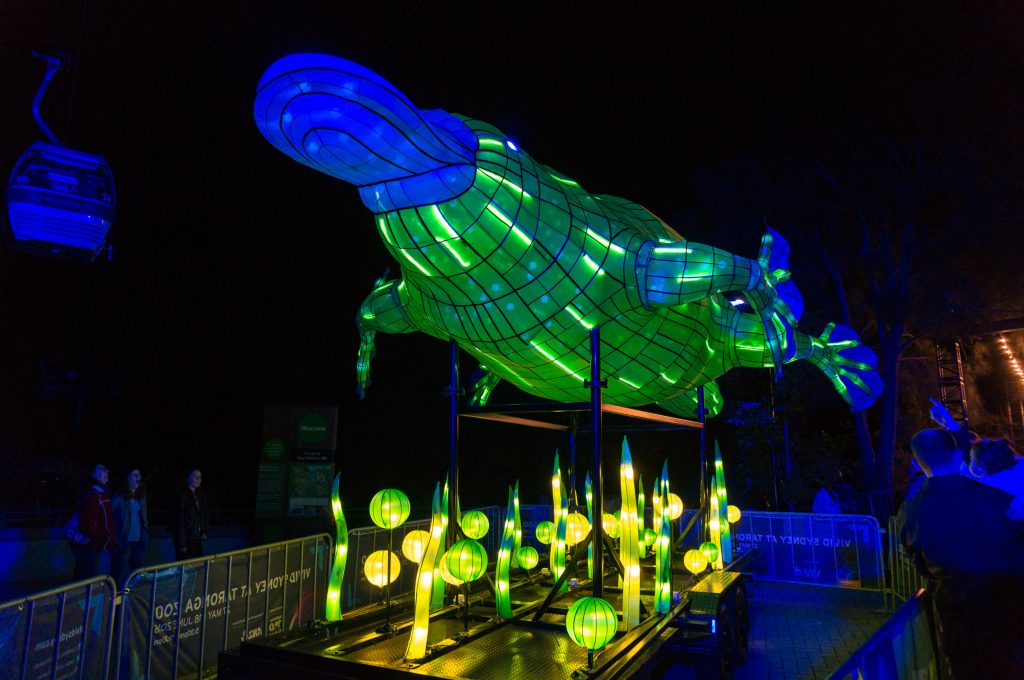
Our latest project! The Story of Asset Management
I hope you have been enjoying Ruth’s platypus posts on our blog as much as I have – and reflecting on the interesting and critical question she has been exploring, namely, what does it mean to be an asset manager?
This is not a simple question to answer. Which is why it needs thinking about. I have been doing much thinking about it over the past few months as I have worked on the first volume of Talking Infrastructure’s 4 volume narrative, ‘The Story of Asset Management’.
Each of the four volumes covers one decade, starting in 1984, to be finished by the end of 2023. Each volume has its own theme:
- Asset Management as a Quest. 1984-1993
- Asset Management as an Opportunity. 1994-2003
- Asset Management as a Discipline. 2004-2013
- Asset Management as a Business (and beyond?) 2014-2023
Team work
As Ruth has shown in her recent posts, Asset Management needs a team.
Our story of asset management is the story of how those teams developed, how they came together over key ideas, how they fought with each other and supported each other – and became the very special kind of multi-disciplinary, multi-national tribe we are all part of today.
You are wanted!
If you would like to be part of the story we tell, become a member of Talking Infrastructure today and we will let you know more.
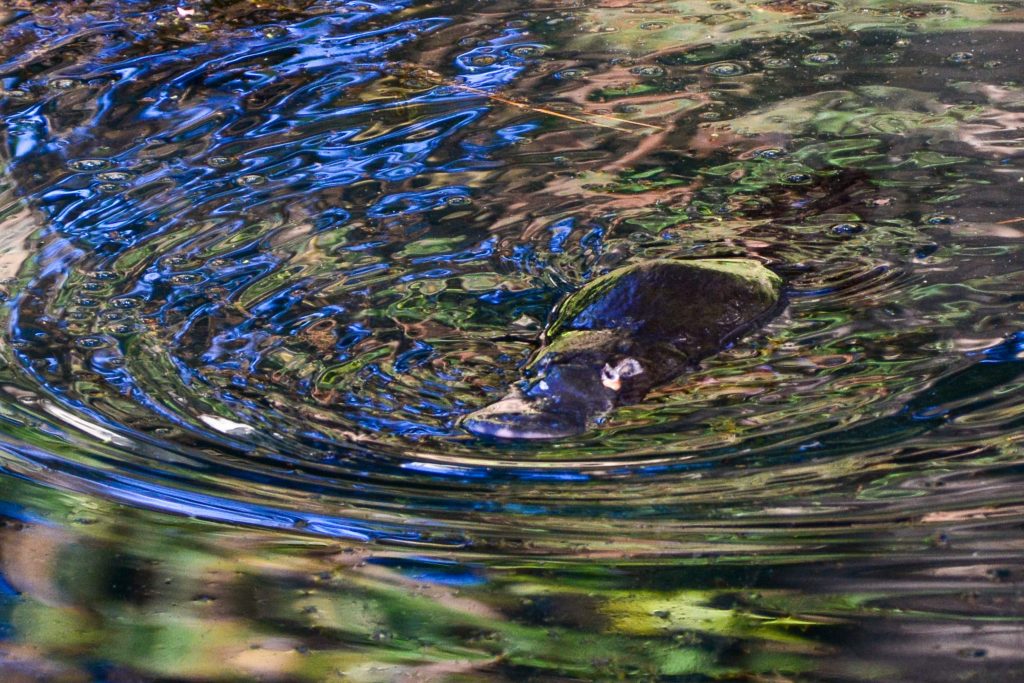
Dreamstime.com/ 187958062 © Meg Forbes
The world of infrastructure Asset Management has had the benefit of an evolutionary model for several years: the ‘Waves’ of Penny Burns, to make sense of how organisations seem to have to go through a period of focus on basic information (Wave 1, Asset Inventory) before they really look at how to use it to make better decisions, to start optimising (Wave 2, Strategic Asset Management).
Before that, I confess, I struggled to express what was going on: how could people get stuck in data and databases? I don’t know that I fully understand, still, but I least I recognise it now – that having a list of all your assets, simple facts like install date and location, and a big dumb database to put it all in preoccupied so many of us for so long.
Penny herself seems not to have spent too much time worrying about this, but always had a vision way beyond it. She assumed we would have a grip on lifecycle costs, thinking longer term, and planning ahead, and get down to acting smarter on our asset decisions.
And now, as we work together to capture our collective history and development, we are really looking forward to the next Wave. To really so much better infrastructure decision making that is fit for purpose, through the rest of this turbulent century.
Look out for celebrating our history on July 29th!
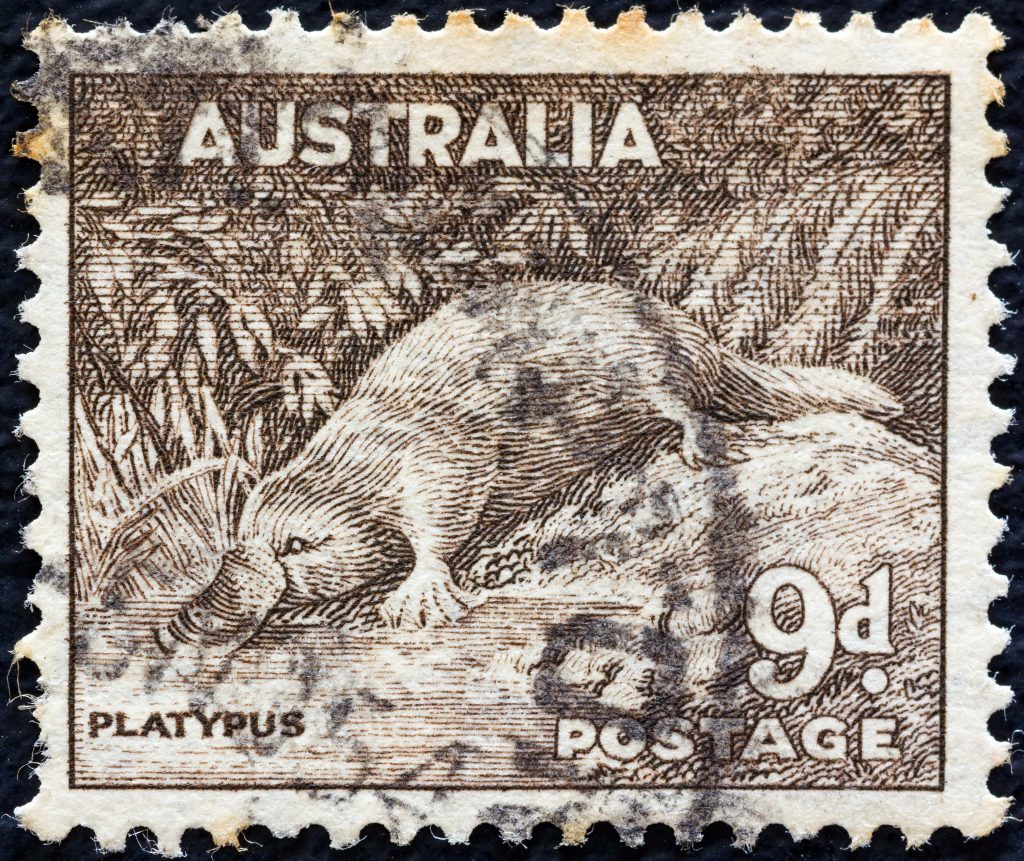
Dreamstime.com/ 191317844 © Lefteris Papaulakis
It’s always an interesting question: why do things arise when and where they do? Why Asset Management in Australia in the 1980s, when plenty of other useful asset ideas came from other places and times – reliability engineering in US commercial airlines post-war, for instance?
And when I explain where much best practice comes from, why is New Zealand such a paragon? There are very good reasons, when you ask about the when and the where.
There is something about fundamental ideas that makes understanding the specifics important. An approach that seems like such a good idea as Asset Management – why wasn’t it more obvious, earlier, to more people? A fabulous clue as to how what seems like an obviously sensible mindset, required something major to shift. A chink in older assumptions, even culture, that let someone, something start to question, to let a new light in.
I suspect a lot of us struggle about why people resist what seems backed by logic, evidence and good sense. But I don’t want us to go down the deep, dangerous rabbit hole that is conventional economics, making a simplifying assumption that people are ‘rational’ the way they define it – a definition which doesn’t really care why people do what they do, or how what seems ‘obvious’ in one situation doesn’t work in another, or anywhere.
And that is partly why I love physical infrastructure. One size really doesn’t fit all* – a good strategy for one kind of asset would be barking wrong for another, and even for an identical asset in a different context. And it all depends on what you are trying to achieve, specifically.
Physical assets are the opposite of idealised generalisations. Yes, there are generally good questions; but not universal good answers, at least not in my experience.
Infrastructure Asset Management is the epitome of the full appreciation of time and place.
Watch here for the publication of the first part of Penny Burns’ history of Asset Management, from its beginnings in South Australia….
*Thanks to a Bay Area shoestore billboard, and Robyn Briggs ex Pacific Gas & Electric, for this!

© The Walt Disney Company
Appealing though it might be to be a secret hero*, like Fedora Perry – cool hat! – even this misunderstands platypuses. The internet has plenty of cute images of things that are labelled platypuses but aren’t.
In particular, many cartoons (like Perry) show them with a beaver tail*. They are sort of like an Australian beaver, so we assume they look like them. Even the robot platypus has a beaver tail. But platypuses have furry tails.
Once someone put a beaver tail on a platypus, it was easier for people to copy than check a photo of a real platypus*.
And I guess they were the inspiration for Fantastic Beast the niffler – and now nifflers show up in seaches for platypus images.
And since almost no-one has ever seen a baby platypus*, fake pictures circulate (and there’s a furious debate about what they are even called).
Yes, platypuses are widely misunderstood, when people have even heard of them.
What does a good infrastructure Asset Manager really do*?
*Hint: not a lone hero, not a construction engineer, not necessarily what people think, and they don’t spring fully formed from college…
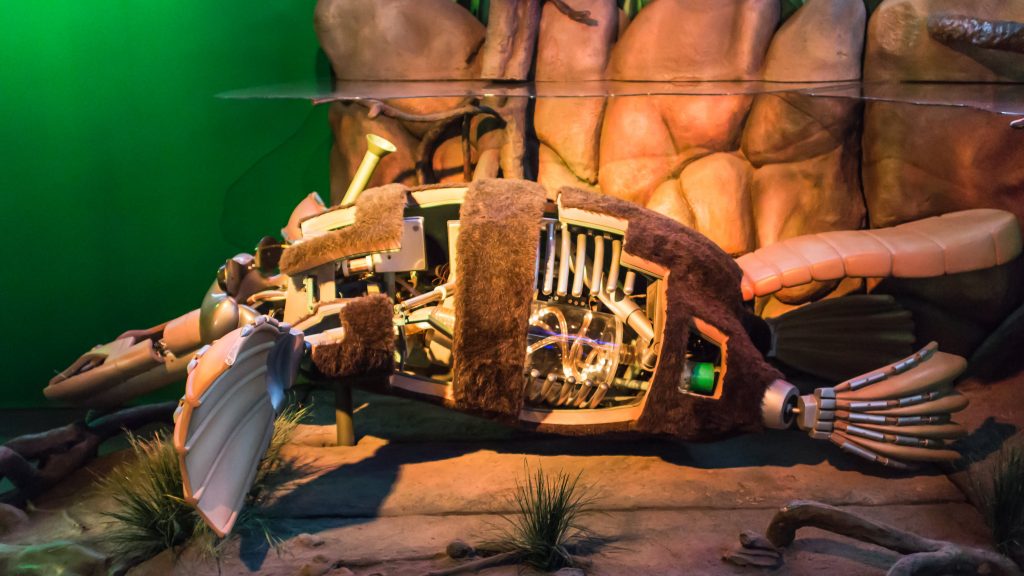
Dreamstime.com/ 38357225 © Bogdancaraman
One thing that puzzles me in the world is the desire of many to be more excited by what technology could do to emulate people than about people themselves. Why are Asset Management conferences packed with papers about data, and usually silent about what human beings bring to decision-making?
Even those who should know better (because they have been there) talk about ‘data-driven’ processes; and organisations pour far more money into dumb databases than getting a better understanding of their assets.
I suspect this is partly the fetish for capital over on-going costs – and, frankly, ideological faith that it’s better to invest in ‘innovation’ than labour costs. Anything that promises to cut staff is good, no matter how much it costs to try to replace them.
Now, I am a big sci-fi fan, which generally accepts the forward march of technology. But then again, it also warns about how it can wrong, at least in the stories I read. I am not at all sure replacing people with robots benefits anyone, and not the 99% of us that don’t control how automation is used. I am not especially optimistic.
However, there is one thing I am pretty certain about, even in embracing uncertainty about the future: no-one really has any clue about how we can replace experience in managing physical assets.
I remember when I first noticed that investment in things like work management systems, or even more basic computerised processes, could lose sight of how things really work. Big IT in the 1990s in asset-world was sold as replacing some administration costs – mostly part time, middle aged women, who cost almost nothing as they were paid very little, who managed the monthly reporting, knew where the data was, what it meant to asset decision makers, and what to do with it. And the local nerds who programmed in Fortran in their spare time, and wrote routines for their next door colleagues to do any analysis or maths required.
At least we might try to learn the lessons from the history of IT: where did it work, and why?
Which, to me, includes the question of how to think of technology as a tool to assist skilled people. Why would we even want to see ourselves replaced?
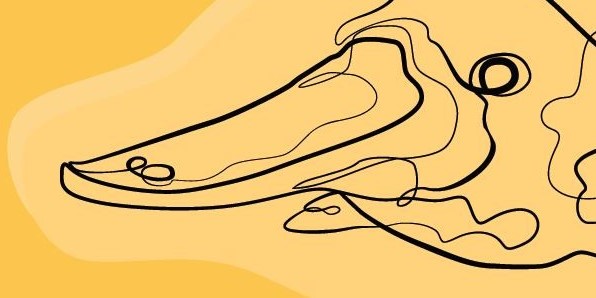
In writing Building an Asset Management Team, Lou Cripps and I looked at the skills an effective Asset Management team requires – both technical and business understanding, good grasp of front-line experience, both system and structured thinking, a longer term perspective, emotional intelligence and communication skills, embracing uncertainty and the tools to think about risk, integrity, and enough leadership ability to get others to buy into a new way of working.
Good infrastructure Asset Management requires a tricky combination of attributes.
Lou came up with the image of the platypus, that is very rare and not to be found on most continents.
Instead of searching for an amphibious, duck-billed, otter-footed, egg-laying, venomous mammal that locates prey through electroreception, it’s easier to provide all the qualities we need through a complementary team.
But we still love platypuses. Watch out for more of them in the next ten days!

Recent Comments